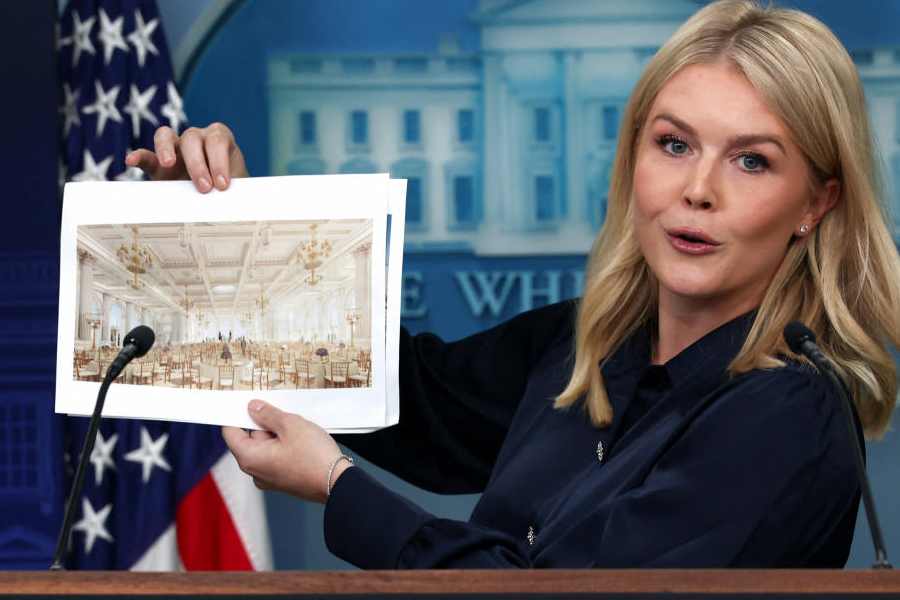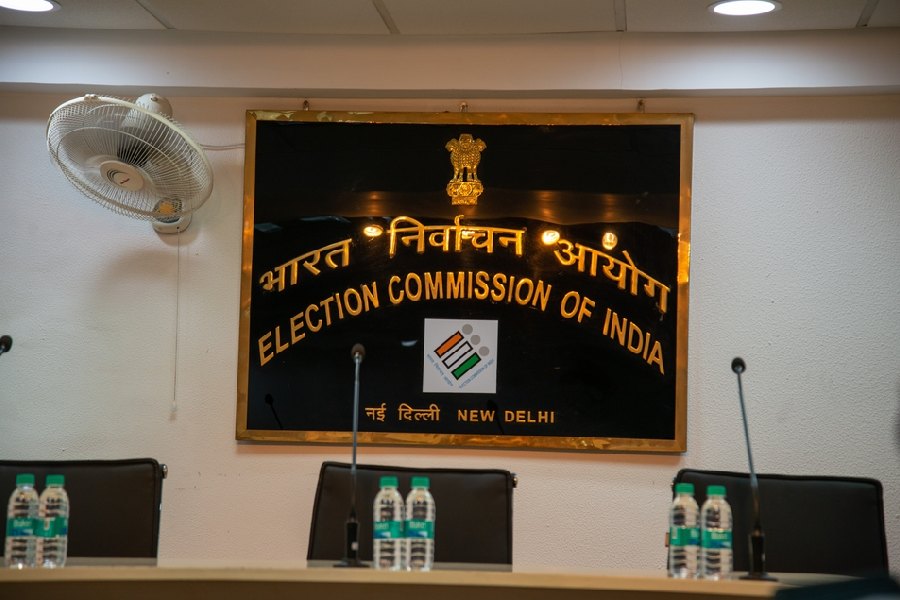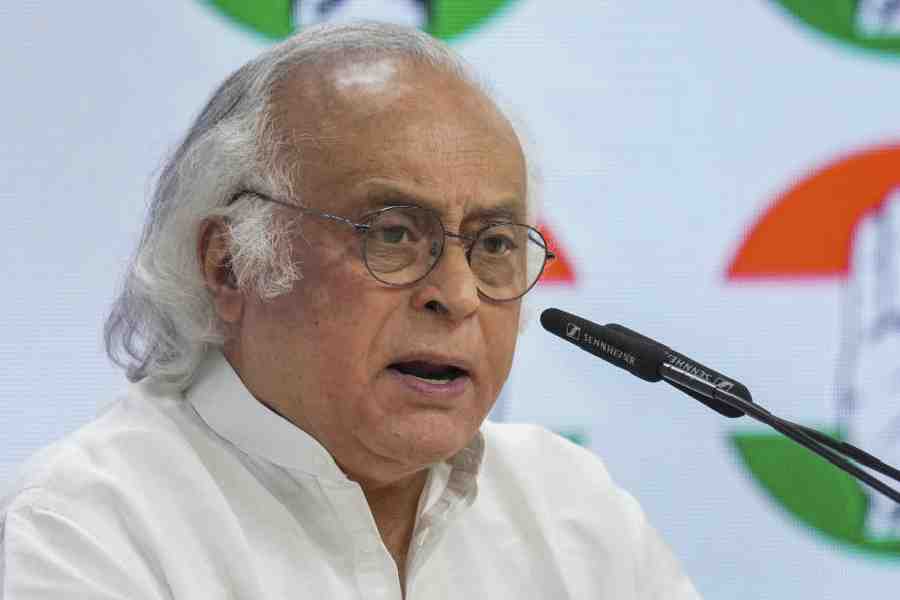Experts on historic preservation are raising concerns over the feasibility of President Donald Trump’s plans to complete large-scale renovations to the White House by the end of his term, and whether the project can be done while respecting the historic nature of the building.
Trump unveiled plans on Thursday to construct a $200 million, 90,000-square-foot state ballroom off the East Wing to be completed “long before” the end of his term in 2029. The project would be one of the largest renovations to the iconic building in decades.
The President tapped McCrery Architects as the lead architect of the project. James McCrery, the company’s founding principal architect, was appointed by Trump in 2019 to serve a four-year term on the Commission of Fine Arts. He called the ballroom a necessary addition to the White House, where Presidents have “faced challenges hosting major events”. He said he would preserve “the elegance of its classical design and historical importance” of the White House.
Questions about who is funding the project are also still largely unanswered. White House officials said the President and “other patriot donors” would pay for the
renovations but declined to give details.
The White House, the Supreme Court building, the Capitol and all their “related buildings and grounds” are exempt from the National Historic Preservation Act of 1966, which requires federal agencies to assess and mitigate adverse effects to historic properties and seek consultation through a formal review process.
Instead, the White House has its own committee that provides advice on the “preservation and the interpretation of the museum character” of the building. The Committee for the Preservation of the White House — chaired by the director of the National Park Service — is made up of several federal officials and a number of members appointed by the President.
Still, the committee’s recommendations are not binding, giving the President significant leeway to do as he wishes. “In most cases, you’re not going to have a lot of binding obligations to historic buildings,” said Michael Spencer, a professor of historic preservation at the University of Mary Washington.
The sheer scale of the project — a giant ballroom attached to the East Wing — worries preservationists. “It could do some harm to the property overall,” said Richard Longstreth, a former professor of American studies at George Washington University. “There aren’t any checks and balances here, unfortunately.”
Spencer said his expectations on preservation were “pretty low”.
“We’re oftentimes viewed as getting in the way of progress, and I would say in this particular instance, you’ve got a lot of strong personalities and they’re under no obligation to really follow best practices as preservation puts forth,” he said.
Jonathan Jarvis, former director of the National Park Service, which is responsible for the upkeep of the White House and its grounds, said any additions made to the White House must follow the architectural design of the building. “You couldn’t put something on the side of the building that doesn’t match it historically in terms of its architecture, colouration and style,” he said. He cast doubt on the timeline the Trump administration proposed, calling its plans to finish a project of this scale by the end of Trump’s term “optimistic”. “You don’t see one of those projects go that fast,” he said. “It’ll be a rush to get it done. It’s the White House — it has to survive a terrorist attack,” he said. He added that every step of the process would need to be evaluated to ensure that nothing “is being compromised architecturally or from a security standpoint”.
(New York Times News Service)











